Getting older doesn’t mean you have to hang up your gloves or retire your Gi in martial arts. While aging is inevitable, there are ways to keep dominating the mat, ring, and cage as your body slows down. As we age, it’s important to adjust the way we train and learn to listen to our bodies more efficiently. By prioritizing smart training, proper recovery, and strategic refinement, we can continue performing at a high level and enjoy the journey for years to come.
Here are some key adjustments aging fighters should consider to stay at their best:
1) Listen To Your Body (It’s Yelling, Not Whispering)
Aging fighters must understand the changes taking place as their bodies slow down. You could probably train hard for hours, party all night, and still be sharp during your morning workout in your early 20s, but that invincible feeling goes away when you’re in your mid-30s.
One of the most vital changes aging fighters can make is prioritizing recovery as much as they train. Little things like warming up, cooling down, and stretching after workouts don’t seem that important in your early 20s, but they make a tremendous difference in your 30s and up. Hot tubs, ice baths, foam rollers, and massages should be a regular part of your training routine as an aging fighter.
Lose The “No Pain, No Gain” Mindset
Pain is your body’s way of letting you know something is wrong. If your knee feels awkward while performing squats, reduce the range of movement and try to get a few more reps or take a break.
Listen to whatever your body tells you when training, and adjust your workout accordingly. Don’t get sucked into trying to work through the pain. That’s not the mindset an aging fighter should have.
Rest Days Aren’t Lazy Days
Aim for two to three rest days weekly as an aging fighter. Rest days don’t mean you lie on a couch all day watching TV; get up and engage in low-impact exercises like hiking, swimming, or cycling to keep your blood flowing.
Rest days should also be an opportunity to visualize techniques you’ve been working on. Research shows mental rehearsal improves retention almost as well as physical practice.
Know The Difference Between Soreness And Overextertion
Aging fighters need to know the difference between general muscle soreness, which you can train through, and overexertion and muscle pain, which should never be ignored. Chronic sports injuries like rotator cuff tears often start as muscle pain that’s ignored by stubborn fighters. Book a session with a sports medicine physician if something feels off when training!
2) Modify Intensity, Not Effort
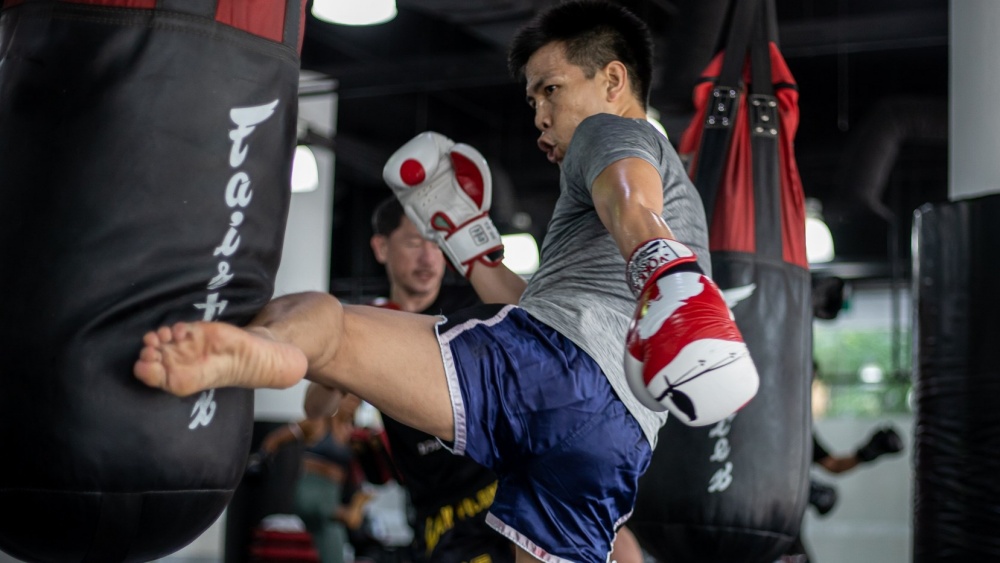
When you’re training in your 30s, it’s important to adjust the intensity to match your body’s needs.
You don’t need to spar like a 20-year-old amped up on energy drinks to grow as a martial artist. Modify your training to suit your aging body better so you can still train hard. Some changes you could consider are:
- Shorten Rounds: Reduce the stress put on your body by shortening the time you spend training. For example, try four three-minute rounds instead of five five-minute sparring rounds. Shorter periods of intense physical activity reduce fatigue-related mistakes and even potential strains while you still get to keep your techniques sharp.
- Embrace Interval Training: Swap marathon training sessions with high-intensity intervals. For example, you can unleash a flurry of strikes on a heavy bag for 60 seconds, followed by two minutes of rest instead of a ten-minute non-stop heavy bag session. Studies show interval training improves cardiovascular health while putting less stress on joints than conventional exercises.
- Ditch Ego Training: Deadlifting 300 kg might earn you many TikTok fans, but it can also lead to a herniated disc. Focus on slow, controlled lifts when lifting weights. If you can’t rep the weight properly, it’s probably too much for you.
3) Strength And Conditioning: Bulletproof Your Body
Your muscles don’t just make you look good; they’re your natural armor. Strength and conditioning should be a significant focus of your training routine since it’s normal to start losing muscle mass once you’re over 30. However, with a well-structured strength and conditioning routine, you can build more muscle mass than you lose because of age.
Consider adding primal movements like bear crawls, crab walks, and Turkish get-ups to your exercise routine. These movements help with muscle coordination, core strength, and joint stability. For example, bear crawls mimic the explosive hip movement used during double-leg takedowns.
Prioritize Mobility
Don’t fall into the trap of mostly performing static stretches. That’s an outdated mentality, as dynamic stretches like leg swings, arm circles, and hip openers prime your body for action. Studies show dynamic stretches are more effective at improving flexibility and mobility.
Spend 10-15 minutes before training sessions performing movements like:
- Hip CARs (Controlled Articular Rotations): This exercise improves hip mobility for kicks and takedowns.
- Thoracic Spine Rotations: Improve your ability to rotate your torso, which is crucial for generating punching power and preventing “old man posture.”
Strengthen Your Weak Points
A portion of your training routine should be committed to strengthening parts of your body that are vulnerable to wear and tear, like:
- Knees: Perform exercises like step-ups, reverse lunges, and terminal knee extensions with resistance bands to keep your knees strong.
- Shoulders: Add movements like band pull-aparts, face pulls, and scapular push-ups to your workouts.
- Hips: Exercises like clamshells, fire hydrants, and lateral band walks help to strengthen your hips.
4) Technique Trumps Raw Power
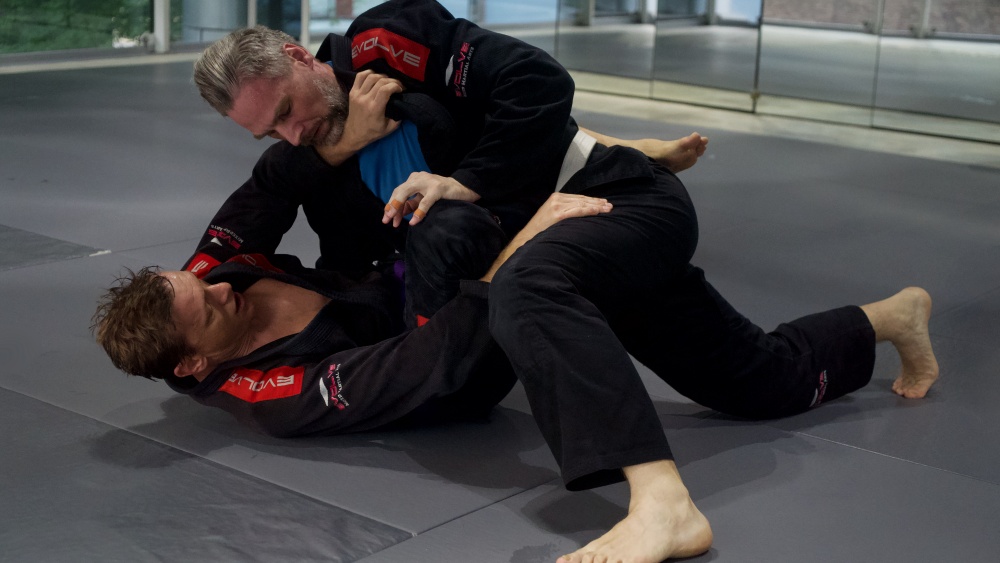
Decades of martial arts training turn experience into a weapon—refined technique and smart strategy often beat youth and brute force.
Training in martial arts for decades means you’ve got decades of experience as an fighter, so use it to your advantage. Strategy beats brute force most times.
Spend 20% of your training sessions refining your techniques. Having tools like a lightning-fast jab is ageless in combat sports. Muay Thai legends like Saenchai even at 44, still throw more powerful kicks than many younger fighters by relying on superior technique. Similarly, BJJ legend Roger Gracie continues to use a simple closed guard to defend and submit opponents, proving that refined technique can outshine youth and athleticism.
5) Recovery Is Just As Important As Training
Some of the things you can do to make the aging process easier on your body include:
- Get seven to nine hours of sleep nightly.
- Hydrate often.
- Consume lots of proteins (1 to 1.5 g per kg of body weight), anti-inflammatory foods like salmon, and collagen-rich foods like bone broth.
Embrace The Grind
Age is just a number when it comes to thriving in the ring. Remember that Fedor Emelianenko was slaying giants in his mid-40s, George Foreman had a successful title defense at 48, and Floyd Mayweather is still beating up anyone silly enough to have an exhibition fight with his at 47. Aging as a combat sports athlete doesn’t necessarily mean you can’t compete at a high level. Modify your training, take recovery as seriously as you take your workouts, eat well, and refine your techniques.
You may also like:
Should Martial Artists Run? The Pros And Cons Of Roadwork
You’ve tried every diet there is out there: keto to force your body to use fat as its primary source of energy, intermittent fasting to improve testosterone production, even that questionable “caveman” phase where you…
Whether you’re hitting the heavy bags in Muay Thai, rolling hard in Brazilian Jiu-Jitsu (BJJ), sharpening your jab-cross combos in boxing or just hitting the gym for a quick workout, one thing’s for sure: your…
Roadwork has been the main cardiovascular training activity for martial artists in styles like Kickboxing, Muay Thai, and Boxing. But is it really the most effective way to improve your cardio for martial arts? Or…
Feeling spent after an intense martial arts training session is something all fighters relate to. Rubbery legs, aching shoulders, and sore arms are often signs you’ve put in lots of hard work in the gym….
Combat sports like Brazilian Jiu-Jitsu, Muay Thai, boxing, wrestling, and MMA push athletes to their physical and mental limits. Success in these disciplines doesn’t just come from skill and conditioning but also from proper nutrition….
Combat sports demand a fluid synergy of raw power, speed, mobility, balance, and agility. Animal movements are one of many ways fighters can strengthen their bodies to perform optimally. These exercises involve mimicking the movements…
As children grow, developing life skills like emotional resilience is essential to help them navigate life’s challenges. While these skills can be learned through experience and guidance, activities like martial arts offer a powerful and…
The focus, strategy, and grit you learn while training martial arts like Muay Thai, Brazilian Jiu-Jitsu (BJJ), and Boxing carry over into your professional life when deadlines are looming, co-workers call in sick, and your…
Brazilian Jiu-Jitsu is a martial art that offers many ways to finish a match. A common yet practical way to do this is to attack the opponent’s arm with a variety of arm locks. In…
Everyone has a natural fighting style. Some instinctively look to bombard opponents with volume, while others prefer a more cautious approach. Some people feel more comfortable throwing strikes at attackers, while others prefer to wrestle…
Ask any coach or seasoned fighter, and they’ll tell you the same thing: your punches are only as effective as your footwork. Most people think boxing is all about fast jabs and powerful knockouts. While…
Every year, athletes embark on their Brazilian Jiu-Jitsu journey filled with hope to make their dreams come true and make history. With a month coming before the World IBJJF Jiu-Jitsu Championship 2025, grappling fans can’t…


![[WATCH] IND vs SA 2025: Umpire Rohan Pandit down in pain as Sanju Samson drive hits knee](https://www.babu88sports.com/wp-content/uploads/2025/12/watch-ind-vs-sa-2025-umpire-rohan-pandit-down-in-pain-as-sanju-samson-drive-hits-knee-360x180.jpg)

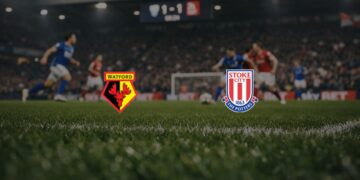
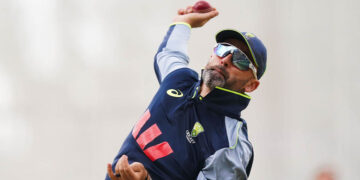


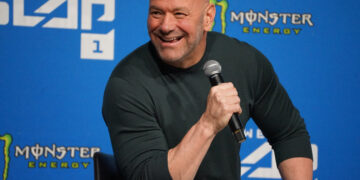
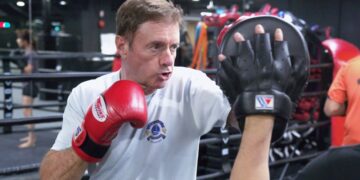

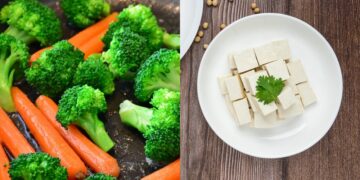

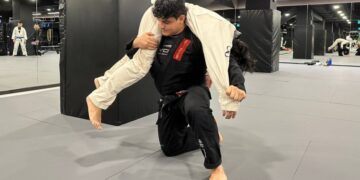
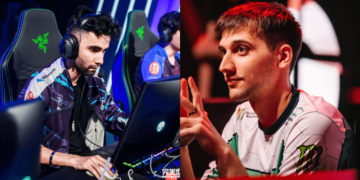
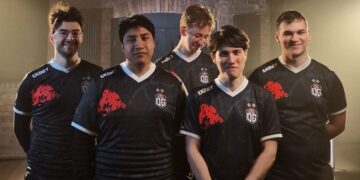














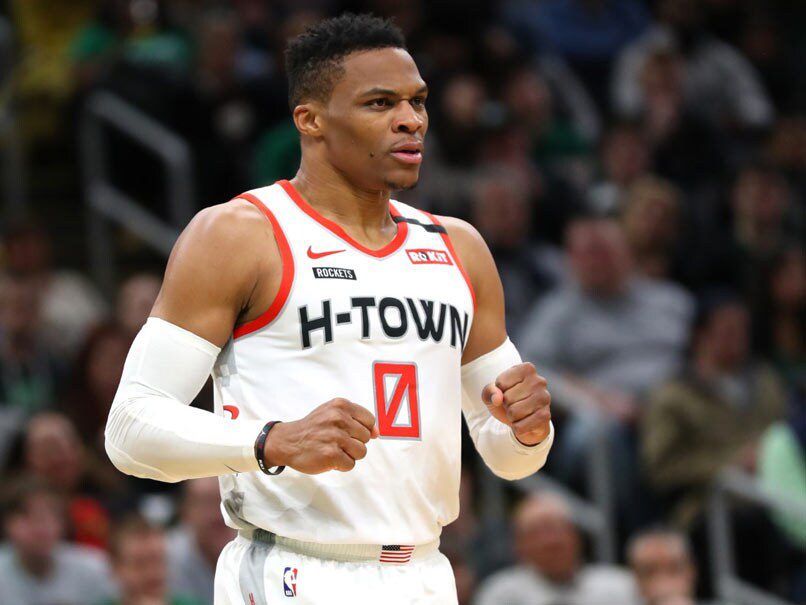

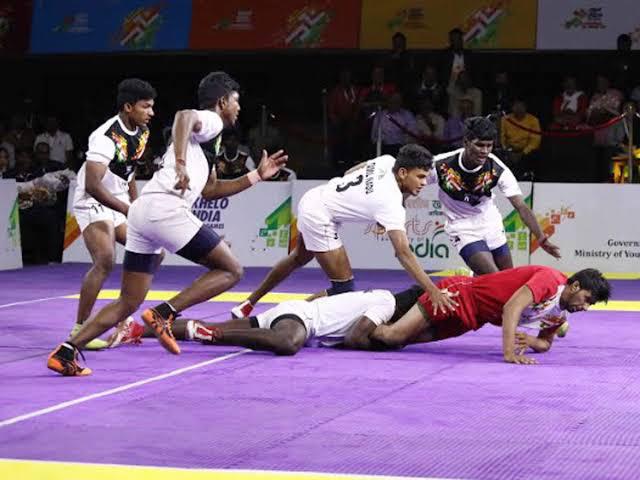
![[WATCH] IND vs SA 2025: Umpire Rohan Pandit down in pain as Sanju Samson drive hits knee](https://www.babu88sports.com/wp-content/uploads/2025/12/watch-ind-vs-sa-2025-umpire-rohan-pandit-down-in-pain-as-sanju-samson-drive-hits-knee-120x86.jpg)



![[WATCH] IND vs SA 2025: Umpire Rohan Pandit down in pain as Sanju Samson drive hits knee](https://www.babu88sports.com/wp-content/uploads/2025/12/watch-ind-vs-sa-2025-umpire-rohan-pandit-down-in-pain-as-sanju-samson-drive-hits-knee-350x250.jpg)
